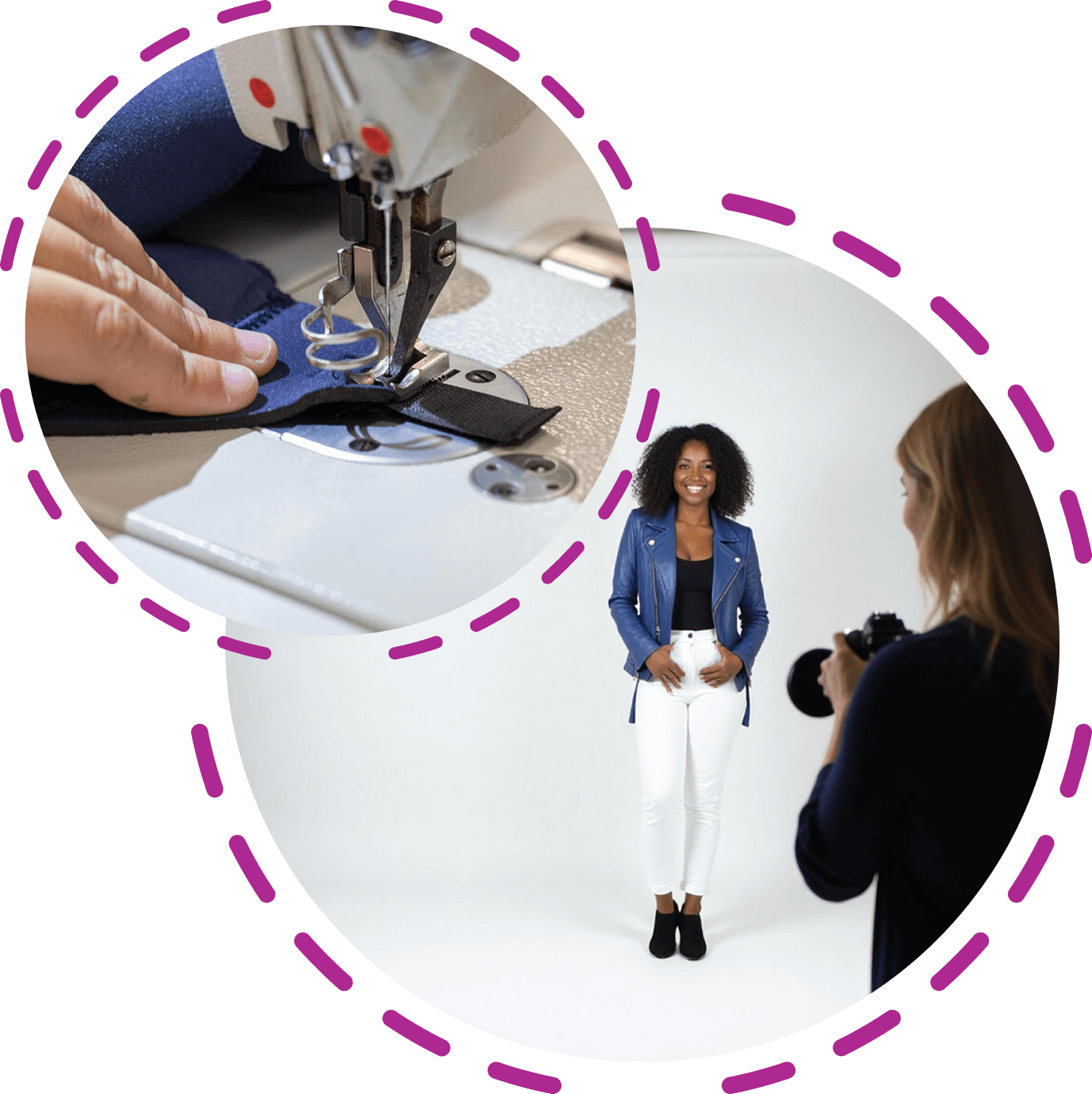This page is part of a guide on scaling circular business models in fashion. The insights here have been developed from analysis of the fashion sector, but will be relevant to other sectors.
Leading businesses are shifting their success metrics beyond short-term profit to embrace the competitive advantages of circular business models. These companies recognise that circular innovation drives both current performance and long-term resilience.
In boardrooms around the world, revenue, sales, and profits dominate the conversation. Oftentimes, the value a circular business model could bring to an organisation is introduced as part of a sustainability strategy exclusively. What decision-makers need to move from pilots to scale is quantifiable evidence of how a circular business model can drive strategic advantage in a rapidly changing world.
Circular business models can be a critical part of meeting the most important business goals, including growth strategies, effective cost management, and climate targets.


Identifying and capturing the financial benefits of circular business models
Getting started
Establish a revenue-based metric ambition for circular business models in your organisation.
Incorporate metrics that evidence the holistic business case and long-term return on investment (ROI), e.g. through NYU Stern Center for Sustainable Business (CSB) ROSI™ Framework.
Highlight further efforts needed to make the economics work at scale, taking proactive steps to overcome them.
Explore the examples and learn from others putting this into practice.



Establish a revenue-based metric ambition for circular business models in your organisation
Financial metrics remain the most effective way to measure and showcase the success of any business model. The Fashion ReModel uses gross percentage revenue from circular business models — a clear, business-centric metric to establish, monitor and align around.
Clear and robust projections of the financial impact are critical when making decisions about investing capital, time, and resources into circular business model offerings. Organisations are already demonstrating measurable results: revenue growth, scalable operations and proven profitability. For example, Vinted, a peer-to-peer resale platform founded in Lithuania, increased its revenue by 36% in 2024, compared to 2023, with net profit increasing 330% year-on-year. Sellpy, a peer-to-peer platform for secondhand fashion operating across Europe, has significantly increased its revenue contribution to the H&M Group, doubling its share since 2022 (p. 79).
Revenue-based ambitions accelerate circular economy progress, as highlighted within the Textile Exchange, Reimagining Growth: Landscape Report (2024), Global Fashion Agenda, Fashion CEO Agenda (2024), and WRAP’s UK Textiles Pact Roadmap (2021).
Incorporate metrics that evidence business value and long-term return on investment (ROI)
Circular business models can drive business resilience by creating financial value in ways that are not currently tracked by businesses. In today’s linear system, the profit margins of circular business models can appear lower when compared like-for-like with linear models. Yet, circular business models can drive business resilience and create financial value in ways that are not currently accounted for.
Three critical benefit areas drive additional business value:
You can read more about these three critical benefit areas in a dedicated deep dive into customer, risk, and climate. Whilst these are three critical areas, there are many more ways to showcase the value of circular business models. Explore the full suite of metrics to support building the business case within your organisation.
NYU Stern Center for Sustainable Business (CSB) ROSI™ Framework helps companies uncover previously unquantified benefits that can drive revenue and profitability. The framework also maps which of the benefits are likely to be strongest in an individual business and collects the relevant data to quantify them.



Highlight further efforts needed to make the economics work at scale
Businesses can get started today while recognising that further actions are needed to make the business case even more compelling.
Further efforts to consider include:
Increased financing and investment across three key areas:
Marketing strategies and customer rewards to drive sales of post-consumer products over time and engagement in circular business models that keep products in use.
Infrastructure to match supply with demand, including steps to enable the reverse logistics to collect, sort, clean, grade, store, prepare, and redistribute merchandise. Furthermore, investing in the skills and labour force required for circular business models.
Building design capabilities and innovation methodologies beyond the product level, by piloting business models and bridging internal teams around the theme of innovation.
Businesses need to inform an ambitious policy agenda to create industry-wide alignment around critical policies to make the economics work.








